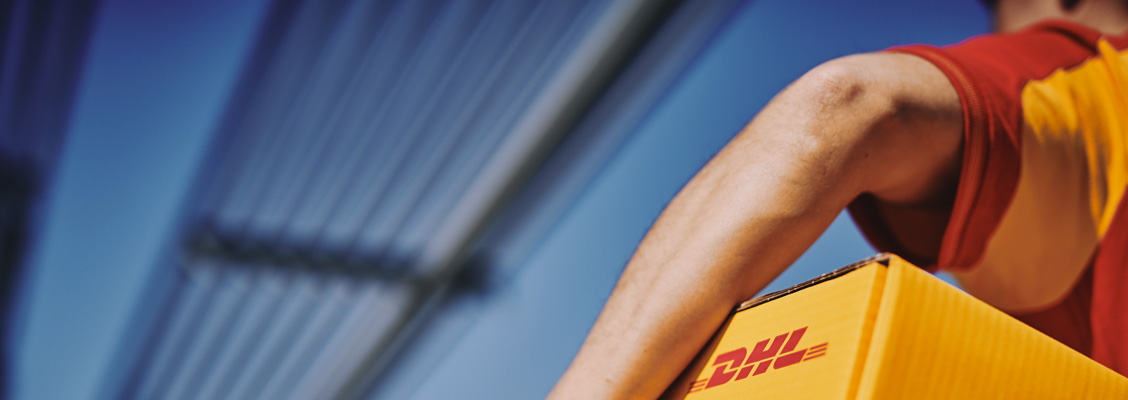Battery shipping regulations
Recalled, damaged or defective lithium batteries
Shipping damaged or faulty batteries can be extremely dangerous, with the risk of fire, smoke and fumes. For this reason, any battery that is suspected or known to be defective (swelling, corroding or leaking, for example) is not permitted for shipping within the DHL Express network.
Attempting to ship recalled, damaged, or defective lithium batteries can result in significant penalties. These can include substantial fines levied by regulatory authorities such as aviation safety agencies, as well as potential legal repercussions due to the inherent safety risks involved.
Documentation required to ship batteries internationally
All Shippers are required to read, understand and comply with all regulations applicable to sending shipments of batteries to international destinations.
For shipments of batteries classified as Dangerous Goods, a Dangerous Goods Shipper’s Declaration is a mandatory document. This declaration serves as a formal statement by the shipper, confirming that the contents of the shipment have been properly classified, packaged, marked, and labeled according to the applicable Dangerous Goods Regulations. The Shipper’s Declaration must be completed accurately and signed by a trained and certified individual.
Customers with a MyDHL+ account will be guided through the necessary shipping documentation and labels required for their lithium battery shipment depending on its contents, origin country and destination country.
The MyDHL+ platform makes it easier than ever to ship online, get quotes, schedule pickups, find locations, track shipments and more! Click here to open an account.
Simplify your international battery shipments
Shipping batteries internationally involves navigating complex regulations where precision is key for safety and compliance. Proper packaging and thorough documentation are essential to prevent delays and ensure your shipments arrive without issue. Staying updated on the latest rules is also crucial.
DHL Express offers significant expertise in handling the intricacies of dangerous goods and restricted items like batteries. Simplify your Japan shipping process and ensure your lithium batteries are transported safely and compliantly. Open a DHL Express business account today to benefit from our experience and streamline your international battery shipments.











